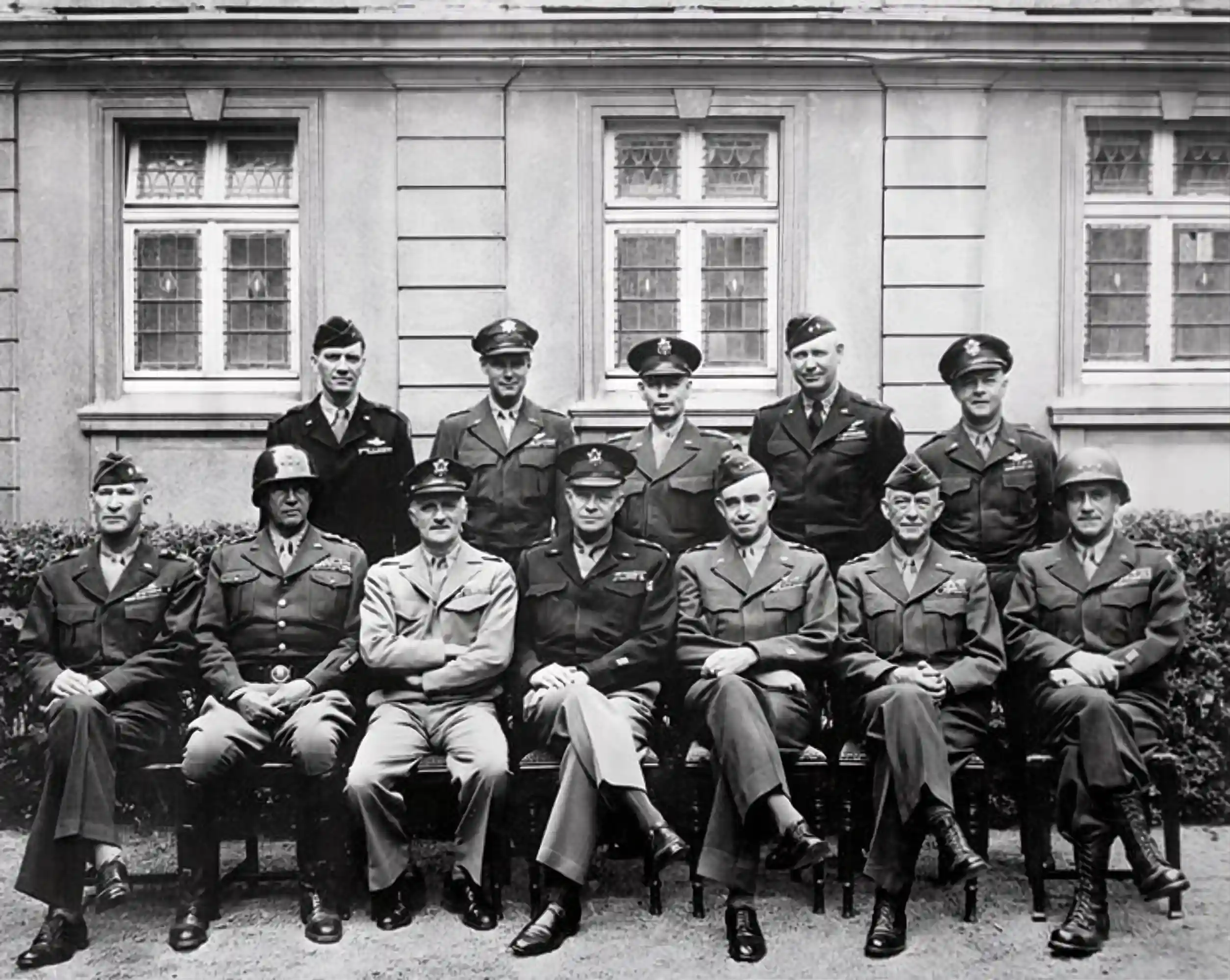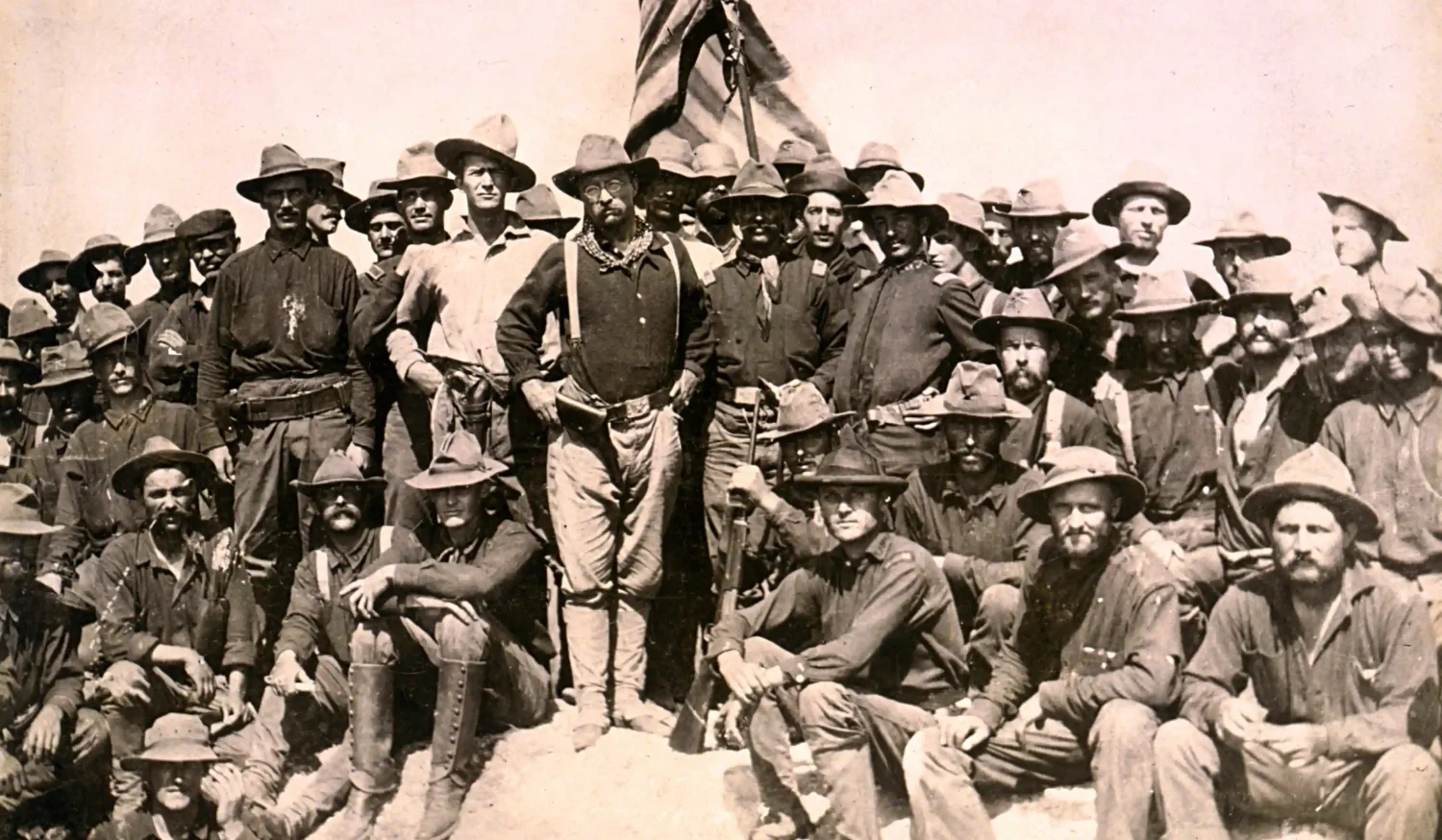

Top Six USA Military Leaders You Should Know About
The United States of America has been blessed and benefited greatly from the service of many top military leaders who helped win wars and shaped the future of our country. The achievements of these famous military leaders are a part of history. But what you may not know is the immense courage and determination each demonstrated to overcome a personal tragedy, humble beginnings, or unusual war time circumstances.
1. General Ulysses S. Grant
On February 16, 1862, then Brigadier General Grant attacked Fort Donalson on the Cumberland River on the Tennessee. The commander of the Confederate forces requested a commission to agree upon terms of capitulation. Grant replied, “No terms except an unconditional and immediate surrender, can be accepted. I propose to move immediately upon your works.”
The Confederates surrendered and the Union forces had their first major victory. The courage and determination to demand “unconditional surrender” was the first of several victories that led to his appointment of the command of all U.S. armies in March 1864. General Grant defeated General Robert E. Lee and won the Civil War. He became the 18th President of the United States of America.
2. Colonel Theodore Roosevelt
Theodore Roosevelt worked to overcome a childhood of poor health and later immense grief after his wife Alice Hathaway Lee Roosevelt and his mother Martha Roosevelt both died on February 14, 1884. He worked to overcome his grief and sorrow.
By the outbreak of the Spanish American War in 1898 he was the commanding officer of the 1st Volunteer Cavalry Regiment. He led the famous charge up San Juan Hill in Cuba. After the war he ran as a Republican and was elected the 26th President of the United States.

3. General John Joseph Pershing
John J. Pershing was a rising star in the U.S. Army. By 1915 he was a Brigadier General, and the commanding officer of the 8th Brigade at the Presidio of San Francisco. The 8th Brigade was deployed to Fort Bliss, Texas to guard the U.S. border.
While there he received a telegram on August 27, 1915 that his wife Frances Warren Pershing, daughters Helen age 8, Anne age 7, and Mary age 3 all died in a fire at their house on post in the Presidio, only Warren, his 6 year old son survived. After the funerals he returned to duty. He went on to become the commanding officer of the American Expeditionary Forces (AEF) from 1917 to 1920 and helped win World War I.
The U.S. Congress authorized the President in September 1919 to promote him to General of the Armies of the United States, a rank specially created for him.
4. Superintendent Dora E. Thompson
Dora E. Thompson’s mother died when she was five years old and was raised by an aunt. She decided to become a nurse and joined in 1902 the new Army Nurse Corps established on February 2, 1901. Thompson was appointed Superintendent of the Army Nurse Corps on September 22, 1914.
There were only 403 nurses in the Army Nurse Corps on active duty on April 6, 1917, when the United States entered World War I. Mrs. Jane Arminda Delano, Director of the Department of Nursing, American Red Cross, recruited, screened, and recommended nurses for the Army Nurse Corps. Superintendent Thompson courageously persevered against those inside and outside of the Army who did not approve of women nurses in uniform.
Her demonstrated leadership grew the Army Nurse Corps to 21,460 nurses by November 1918 who served overseas with the American Expeditionary Forces and on Army posts throughout the United States. The Secretary of War in 1919 awarded her the Distinguished Service Medal.
5. General Dwight D. Eisenhower
Dwight D. Eisenhower was the Commander of Allied Forces in World War II. He made the difficult decision to launch Overlord, the D-day invasion of Normandy on June 6, 1944. It was a success and changed the course of WWII. But he had prepared a hand-written speech in the event the invasion failed.
Our landings in the Cherbourg-Havre area have failed to gain a satisfactory foothold and I have withdrawn the troops. My decision to attack at this time and place was based on the best information available. The troops, the air, and the navy did all that bravery and devotion to duty could do. If any blame or fault attaches to the attempt it is mine alone
As the commanding general he was ready to accept sole responsibility for what would have been a historic loss. He did not seek to blame others or search for circumstances as an excuse. This type of personal courage is emblematic of a great leader. He became the 34th President of the United States.
6. Colonel Oveta Culp Hobby
Oveta Culp Hobby was the Director of the Women’s Army Auxiliary Corps (WAAC) and the Women’s Army Corps (WAC) during World War II. She led the unprecedented rapid build-up of the WAAC, to include the recruitment, organization, training, equipping and supply. She courageously prevailed over opposition by those inside and outside the Army to the conversion of the WAAC to the WAC on September 1, 1943 with an authorization of 150,000 women in uniform.
The WAACs and WACs served in overseas theaters and in the United States in all the major commands: Army Service Forces, Army Air Forces, Army Ground Forces, and the War Department. President Eisenhower appointed her the first secretary and first woman, of the new Department of Health, Education, and Welfare, (now Department of Health and Human Services) on April 11, 1953.
Why These Leaders Matter
Famous leaders of the past, present and in the future who demonstrate personal courage and determination inspire others of all ranks to do their duty, accomplish the mission, and win wars.
Check out the website WarAndRemembrance.us where you will find published reports on those who did their duty and those who made the supreme sacrifice. There are reports on those in the Submarine Force killed by enemy action during WWII.
A report on the crew of the USS Reuben James, the first Navy ship sunk in WWII. If you are looking for information on an ancestor who died during the Spanish American War you will find it here. This website is the place to go for military reports on women who served in the Army Nurse Corps during WWI and the Women’s Army Corps during WWII.
 Contact
Contact Search
Search Register
Register Cart
Cart
 Mail Us
Mail Us Email Us
Email Us